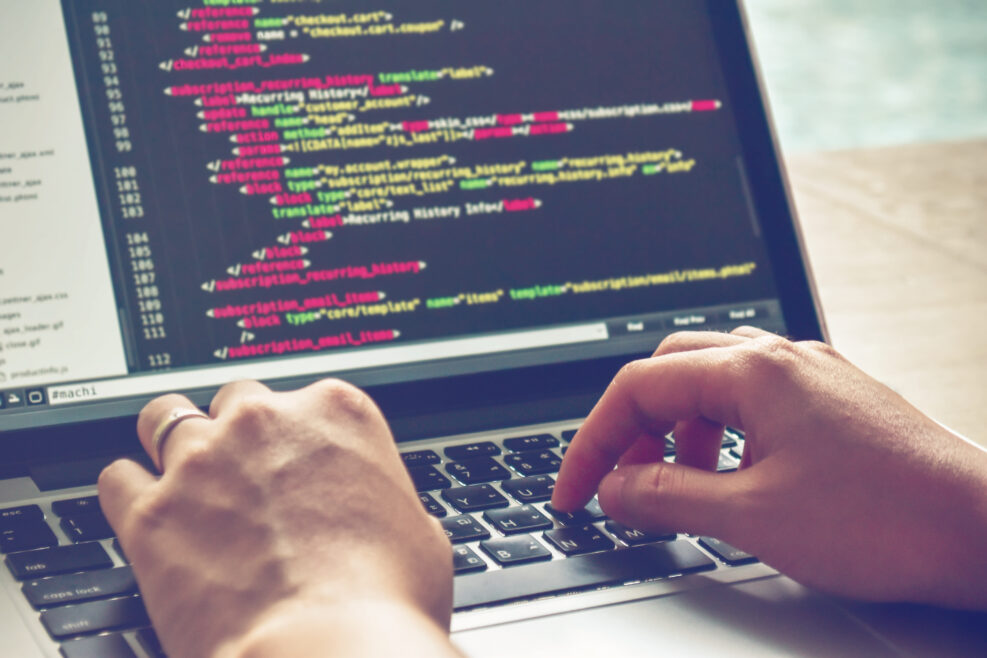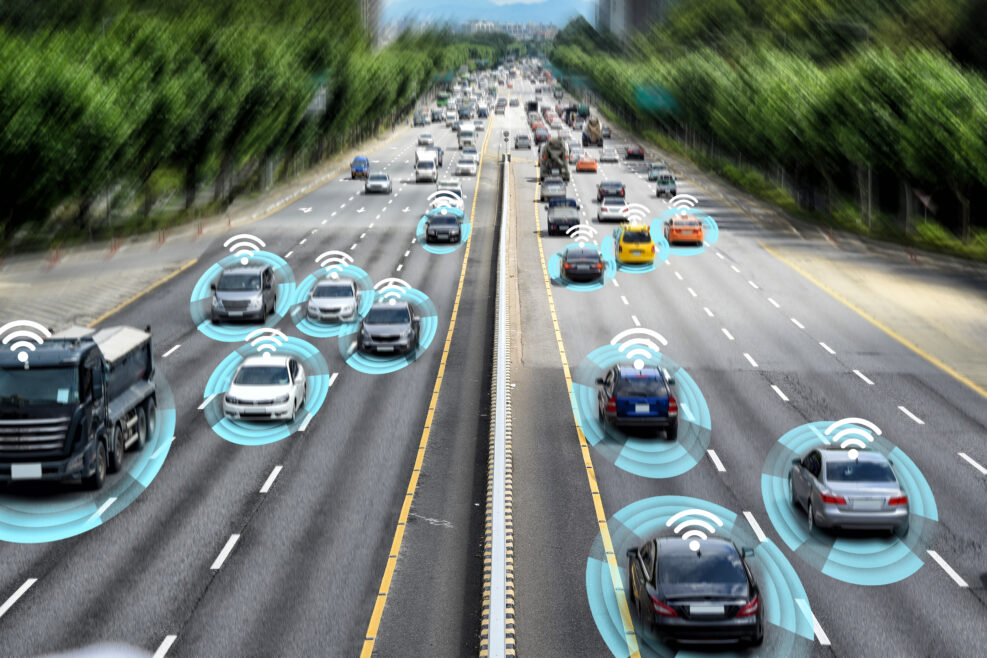
Archives


The Myth of “No Code” Software (Part III)
The complexities of human language present problems for natural language programming
The Myth of “No Code” Software (Part II)
Why (and where) no-code doesn't work
The Myth of “No Code” Software (Part I)
"No code" software has its place, but not as a replacement for programmers
Who Is Allowed in the Smoke-Filled Rooms of Investment?
How the stock market is manipulated, using the GameStop episode as an example
Bitcoin: What’s Good, What’s Bad and What’s the Future?
Bitcoins are currently bouncing in the range of $30,000 to $40,000 each
Can We Add New Numbers to Mathematics?
We can work with hyperreal numbers using conventional methods. It could start in high school
Gödel’s Incompleteness Theorems: The Cause—and Cure—of Wokeness?
Why do so many people today think there are only arguments, not facts?
Is Technology Always Progress? Let’s Talk About That
Tradition itself is a type of technology
How Toxic Bias Infiltrates Computer Code
A look at the dark underbelly of modern algorithms
How Bayes’ Math Rule Can Counter Unreasonable Skepticism
Mathematics is much more interesting if we know a bit about the players and their positions
Can an 18th Century Statistician Help Us Think More Clearly?
Distinguishing between types of probability can help us worry less and do more
To Fix Math Education, See It as a Program That Needs an Update
As a computer programmer, I’ve seen this problem in my work: The basic idea is still sound but “fixes” have made it too complex
Helping Students See How Math Benefits Them in the Long Run
To keep them motivated, we need to answer the “Why bother?” question honestly and directly
Straight Talk About Fitting the Math Curriculum to the Student
We need to avoid pushing too much too soon, lest students come to see themselves as “bad at math” when they are just not ready for it
How Can We Really Fix the Way Math Is Taught?
First, we must understand why we teach math in the first place
What Real Advantage Do Self-Driving Cars Provide?
It’s time for a hard-headed look at the costs and benefits of the pursuit of fully self-driving cars
Twitter Twitted Over Clumsy Political Censorship
Getting the algorithm to censor users can backfire and sometimes the results are funny
Daimler, Waymo, and GM Make Big Gains in Level 4 Self-Driving
GM has been given a permit to test five driverless cars on streets in San Francisco later this year